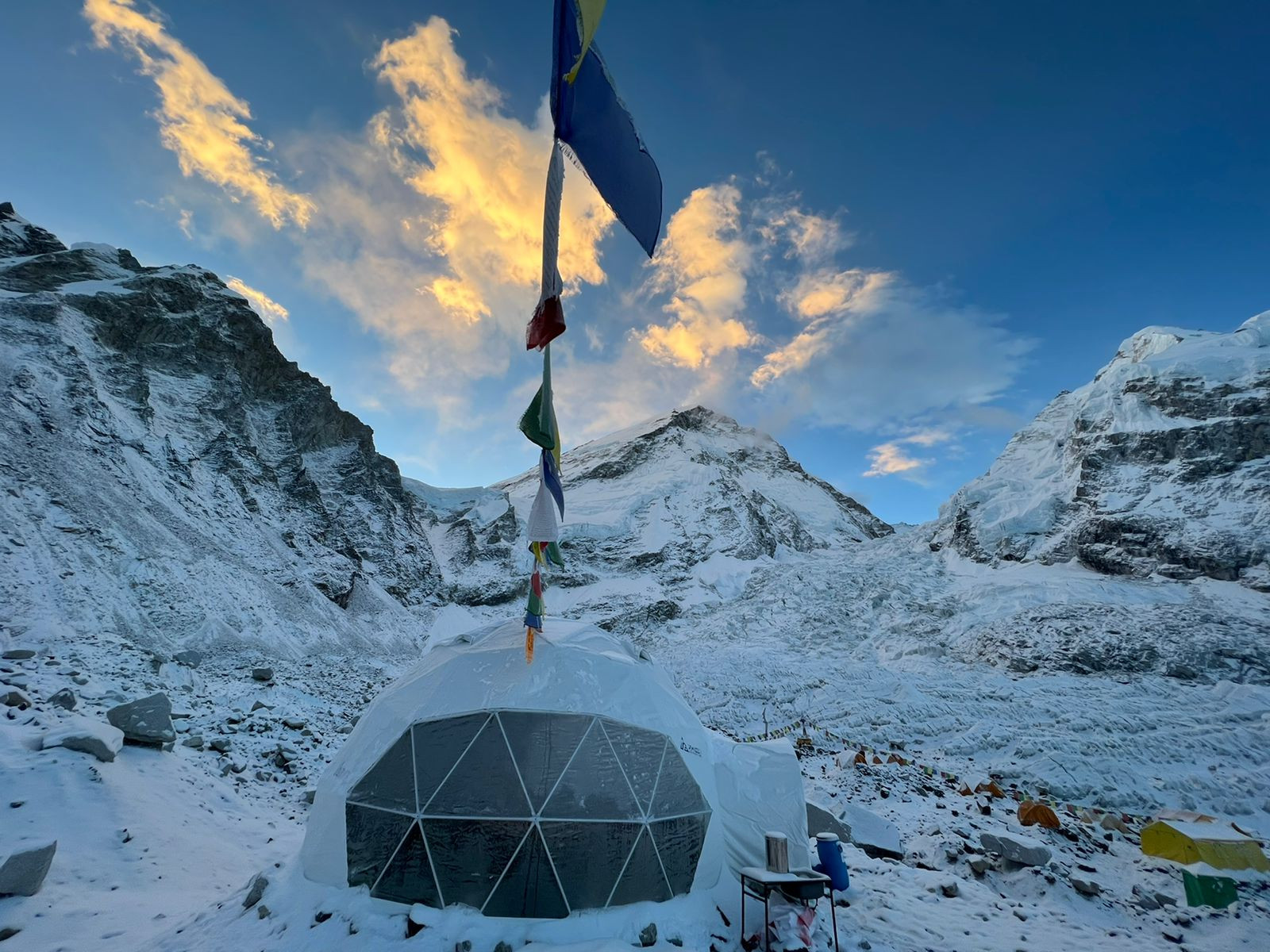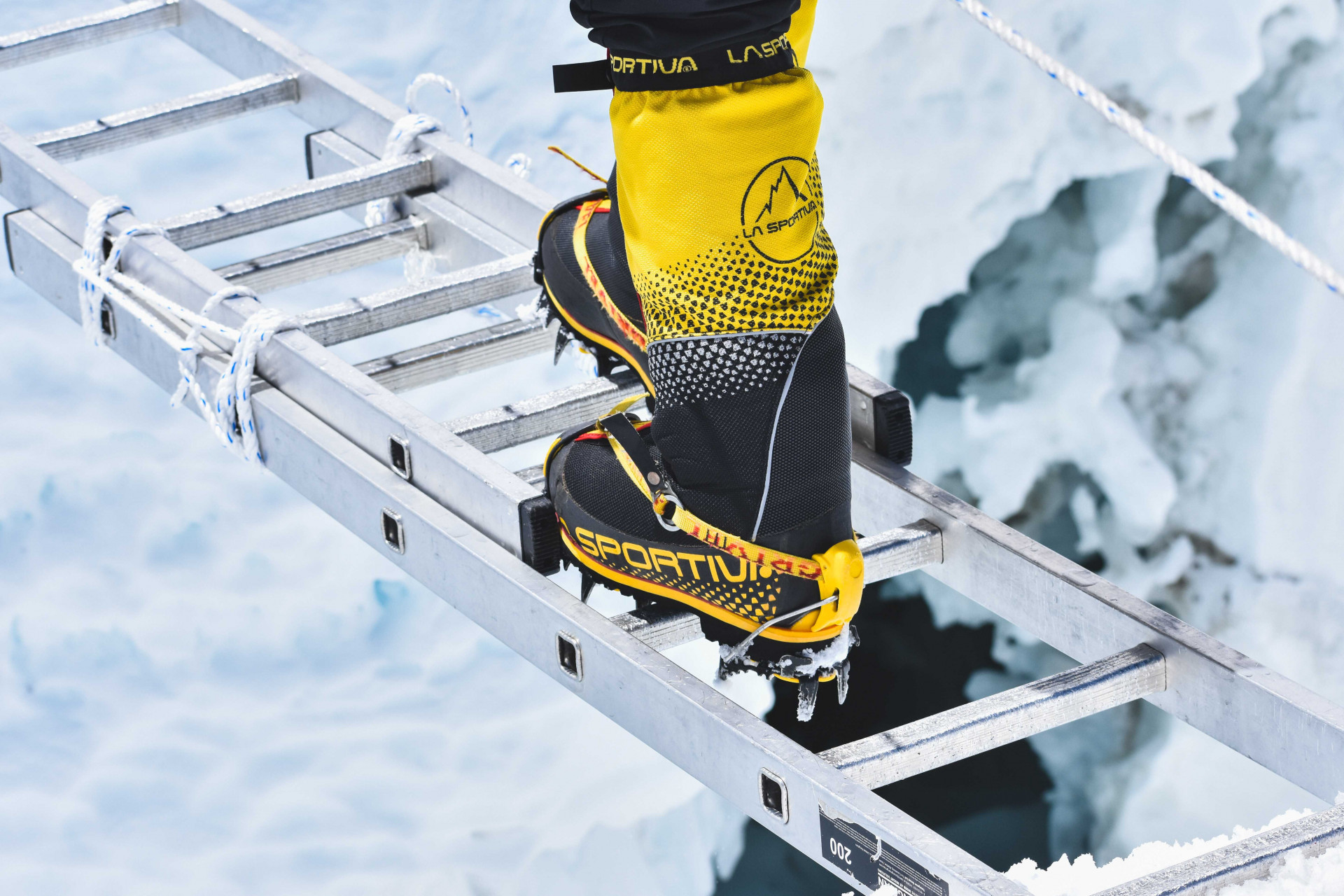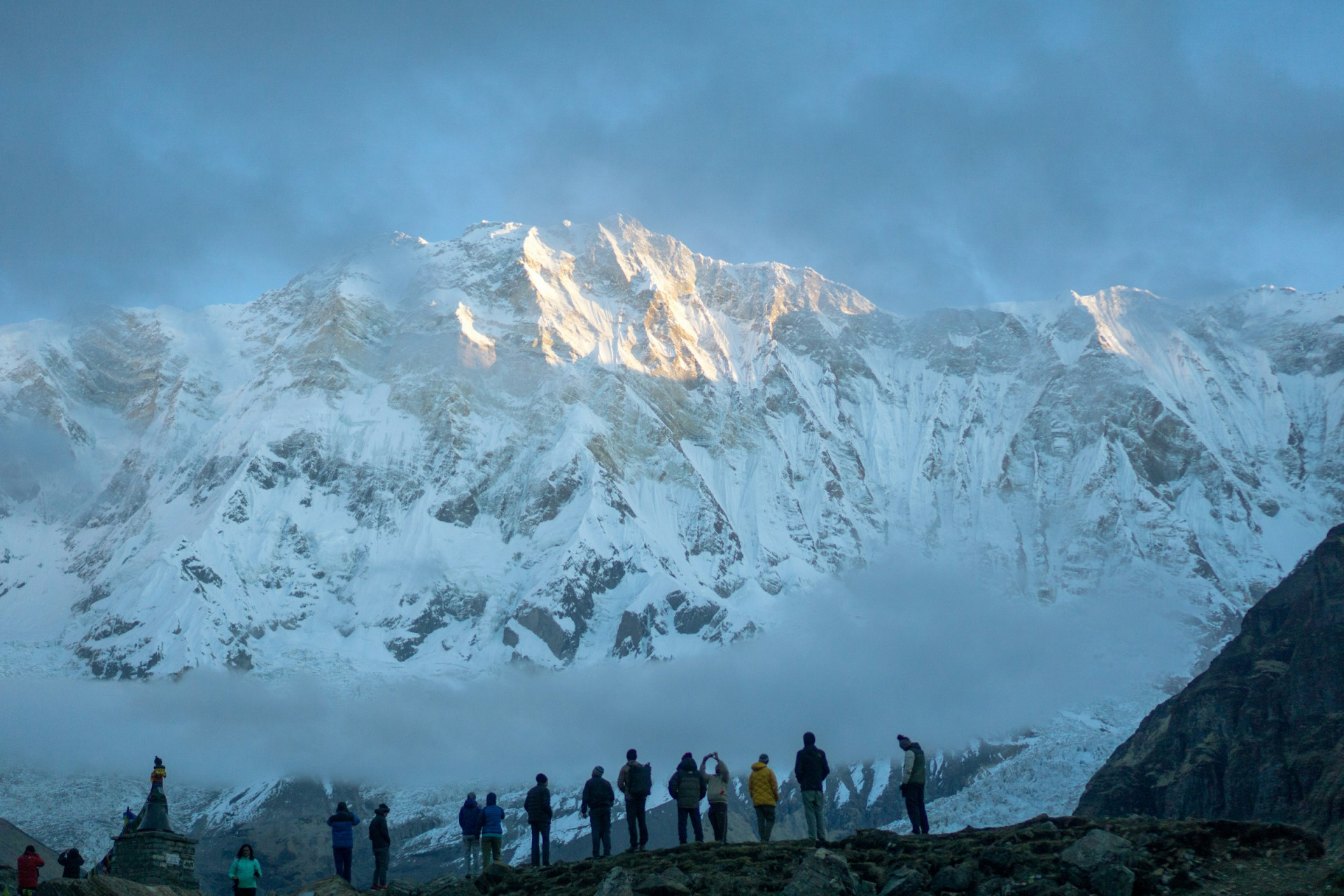Mount Everest, located in the Himalayas on the border between Nepal and China, is the highest mountain in the world, standing at 8,848 meters (29,029 feet) above sea level. It is a popular destination for mountaineers and adventurers seeking to conquer its challenging peak, known for its extreme weather conditions and high altitude.
The mountain was first successfully summited by Sir Edmund Hillary of New Zealand and Tenzing Norgay, a Sherpa of Nepal, on May 29, 1953. Since then, thousands of climbers have attempted to reach the summit, with varying degrees of success.
Mount Everest is renowned for its stunning beauty, rugged terrain, and unique ecosystem. The surrounding region is home to diverse flora and fauna, including rare species such as the elusive snow leopard.
Despite its allure, climbing Mount Everest is a dangerous endeavor, with risks including altitude sickness, avalanches, extreme cold, and unpredictable weather. Successful climbers require extensive training, experience, and preparation to tackle the challenges of the mountain.
Mount Everest continues to be a symbol of human achievement and the spirit of adventure, attracting climbers and explorers from around the world to test their limits and push the boundaries of what is possible.
Highlights of Mount Everest
Trek to Base Camp: Many people opt to trek to Everest Base Camp, which offers stunning views of the surrounding Himalayan peaks and a glimpse into the world of high-altitude mountaineering.
Khumbu Icefall: This treacherous icefall is one of the most dangerous parts of the ascent to Everest's summit, with towering seracs and crevasses requiring careful navigation.
Hillary Step: A famous rock face near the summit that was named after Sir Edmund Hillary, one of the first climbers to reach the summit of Everest along with Tenzing Norgay in 1953.
Summit: Standing on the summit of Everest is an unparalleled achievement and offers breathtaking views of the surrounding peaks and valleys, making all the effort and risk worthwhile for those who reach the top.
Sherpa Culture: Interacting with the local Sherpa people and learning about their culture and way of life is a unique and enriching experience for those visiting the Everest region.
Challenging Climbing Routes: Everest offers a variety of challenging and technical climbing routes for experienced mountaineers, catering to different skill levels and objectives.
These are just a few of the many highlights that Everest has to offer, making it a truly unique and awe-inspiring destination for adventure seekers and mountaineers.






